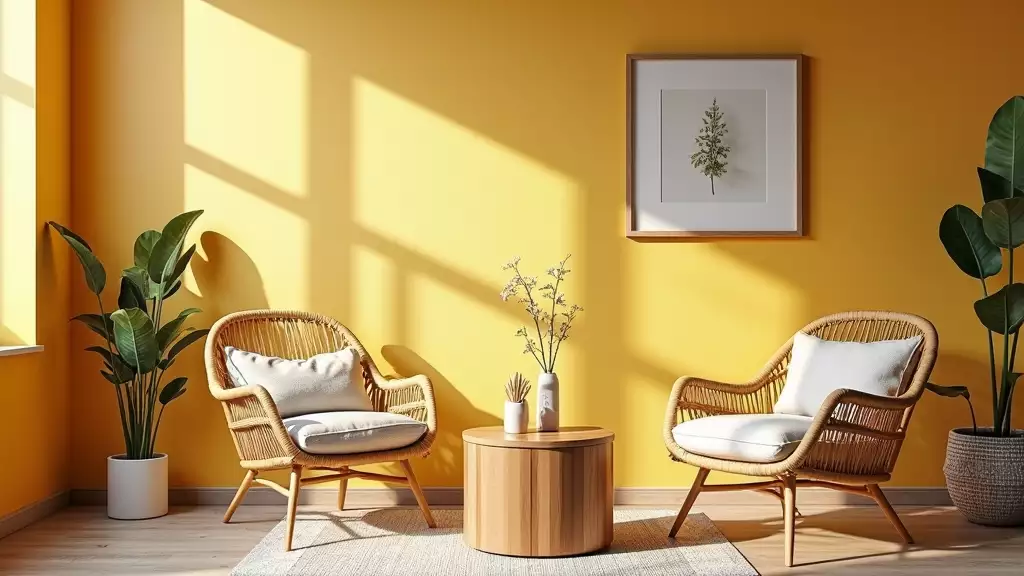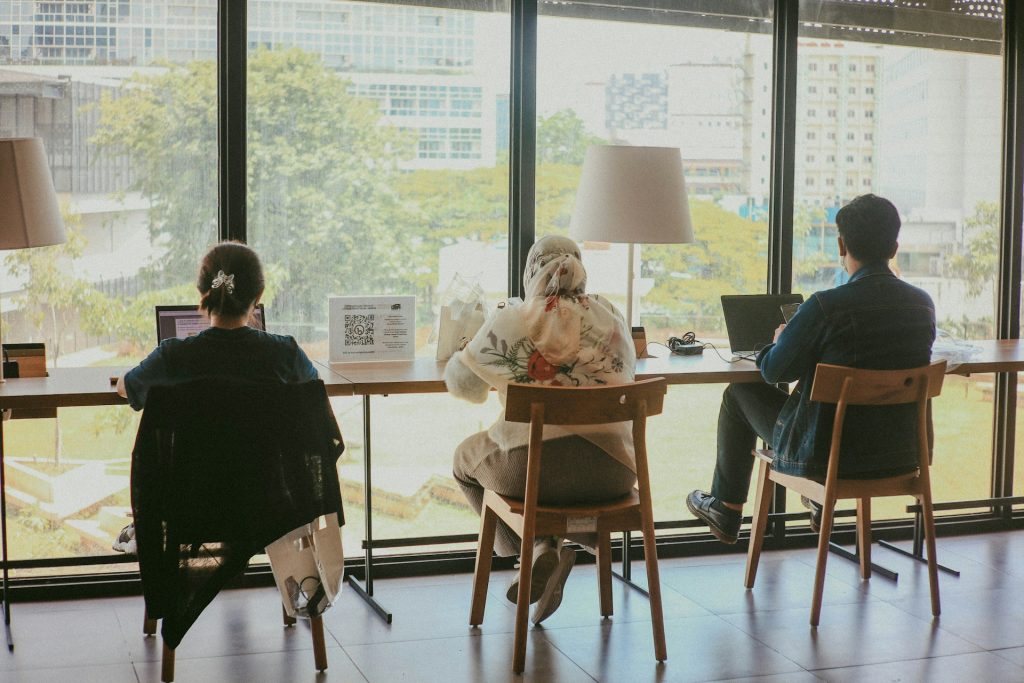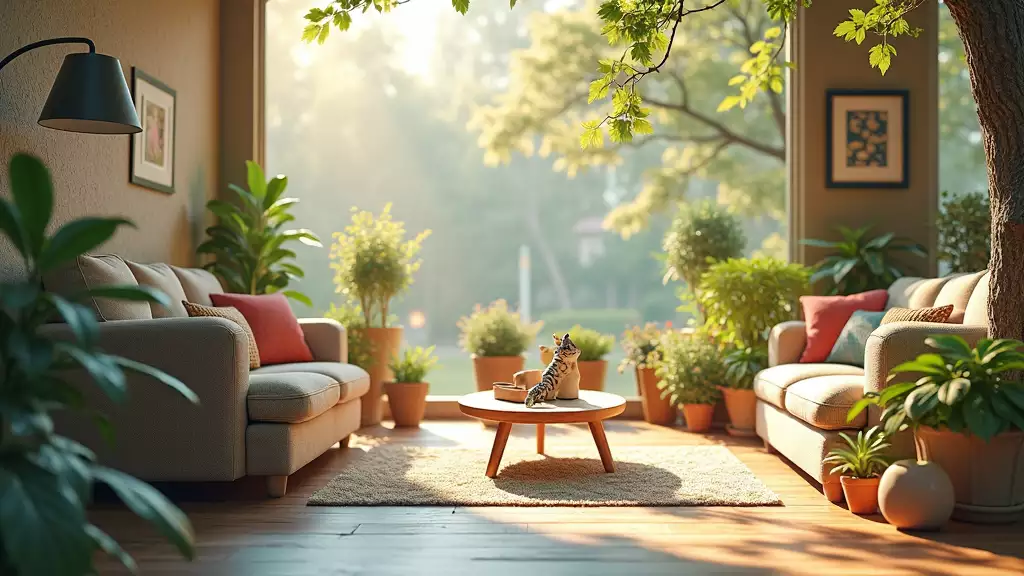Single post template v5

A thoughtfully designed home is a perfect blend of style, comfort, and practicality. Whether you’re refreshing a single room or redesigning your entire living space, interior design allows you to create a home that reflects your personality while supporting your lifestyle.
1. Begin with a Clear Plan
Before diving into decoration, a clear plan is essential:
- Define Priorities: Identify which rooms or areas need the most attention.
- Set a Budget: Allocate funds for furniture, décor, and lighting.
- Visualize Your Space: Use mood boards or sketches to map out ideas.
Planning saves time, prevents impulsive decisions, and ensures a cohesive look throughout your home.
2. Focus on Layout and Flow
The arrangement of furniture affects both comfort and aesthetics:
- Open Spaces: Remove clutter and unnecessary partitions to improve circulation.
- Functional Zones: Define areas for living, dining, working, or relaxation.
- Balance: Arrange furniture symmetrically or asymmetrically depending on the room’s vibe.
A well-thought-out layout enhances both usability and visual appeal.
3. Choose a Harmonious Color Palette
Color sets the mood and perception of your home:
- Neutral Base: Light tones like beige, white, or soft gray for walls and large furniture.
- Accent Colors: Use bold or contrasting hues in pillows, rugs, or artwork.
- Layered Shades: Mix different tones of the same color for depth and harmony.
Color coordination creates a cohesive and visually pleasing interior.
4. Introduce Texture and Materials
Texture adds warmth and interest to any space:
- Soft Fabrics: Velvet, cotton, linen, and wool for cushions, curtains, and throws.
- Natural Elements: Wood, stone, and rattan for an organic and inviting feel.
- Contrasting Surfaces: Combine matte, glossy, and metallic finishes for a dynamic look.
Layered textures prevent a space from feeling flat and monotonous.
5. Optimize Lighting
Lighting influences both functionality and ambiance:
- Ambient Lighting: Ceiling fixtures or recessed lights provide general illumination.
- Task Lighting: Desk lamps, bedside lamps, and kitchen lighting support activities.
- Accent Lighting: Spotlights, wall sconces, or LED strips highlight décor and architectural features.
A well-lit room can transform the atmosphere from dull to vibrant.
6. Incorporate Statement Pieces
Key pieces can define the character of a room:
- Furniture: Designer sofas, unique chairs, or sculptural tables.
- Art & Décor: Large paintings, sculptures, or wall installations.
- Lighting Fixtures: Chandeliers or floor lamps that act as focal points.
Statement items attract attention and infuse personality into interiors.
7. Use Smart Storage Solutions
Clutter-free spaces look larger and feel more relaxing:
- Hidden Storage: Beds with drawers, storage ottomans, or benches.
- Vertical Storage: Wall-mounted shelves, cabinets, and bookcases.
- Decorative Organization: Baskets, trays, and boxes for smaller items.
Functional storage keeps your home tidy without compromising style.
8. Bring Nature Inside
Plants and natural materials elevate interiors aesthetically and emotionally:
- Small indoor plants for desks, shelves, or tables.
- Large statement plants in corners or near windows.
- Hanging planters to add depth and visual interest.
Natural elements improve air quality and create a calming environment.
9. Mix Contemporary and Classic Styles
A blend of old and new adds depth and uniqueness:
- Pair modern furniture with vintage décor or accessories.
- Combine contemporary lighting with traditional artwork.
- Introduce antique rugs or textiles to create contrast.
Mixing styles allows your space to feel curated and dynamic.
10. Add Personal Touches
Your home should tell your story:
- Display personal artwork, family photos, or travel mementos.
- Incorporate items that evoke memories or emotions.
- Experiment with colors, patterns, and textures that resonate with your personality.
Personalized elements transform stylish interiors into true homes.
Conclusion
Creating a home that is both functional and stylish requires careful planning, thoughtful choices, and attention to detail. By focusing on layout, color, texture, lighting, statement pieces, storage, greenery, style blending, and personal touches, you can design a living space that is comfortable, inspiring, and uniquely yours.
Interior design is an evolving journey—embrace experimentation, adapt to your changing needs, and enjoy the process of creating a home that truly reflects your personality and lifestyle.





